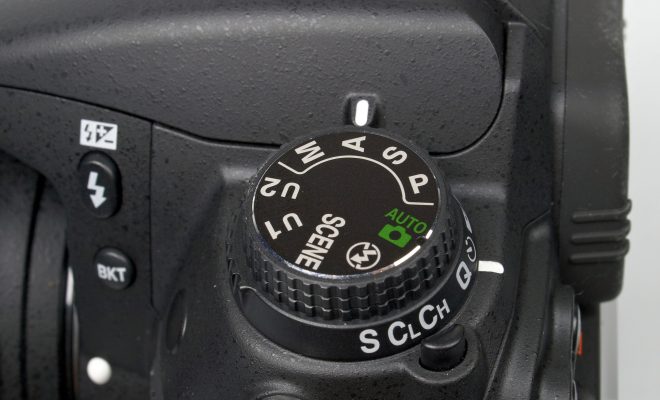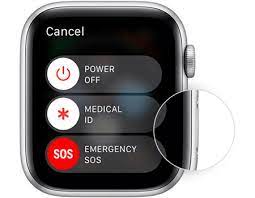PASM: The Modes on Your Camera Dial Explained (and When to Use Them)

As a photographer, understanding the various modes on your camera dial can have a significant impact on the quality of your photos. One such mode is PASM, which stands for Program, Aperture Priority, Shutter Priority, and Manual.
Each mode has its own unique purpose and advantages, and selecting the appropriate one depends mainly on the shooting situation.
Program Mode: This mode is intended for those who need to capture images quickly without having to worry too much about the camera settings. Program mode automatically selects the shutter speed and the aperture, allowing you to focus on your subject. However, it allows you to adjust other settings such as ISO, white balance, and exposure compensation.
Aperture Priority Mode: This mode allows the photographer to control the depth of field, or the range in which the image appears sharp. In aperture priority mode, the photographer sets the aperture, and the camera automatically selects the corresponding shutter speed. This mode is best suited for situations such as portrait photography or landscapes.
Shutter Priority Mode: Shutter priority mode, on the other hand, allows the photographer to control the shutter speed, while the camera automatically selects the corresponding aperture. This mode works best for fast-moving subjects such as wildlife, sports or action photography, allowing you to capture sharp images while controlling the motion blur.
Manual Mode: Manual mode is for the most advanced photographers who want complete control over their camera settings. This mode allows you to adjust all the settings, including shutter speed, aperture, ISO, white balance, exposure compensation, and more. Manual mode is best suited for situations where the lighting is more challenging or when you want to capture more artistic images.
In conclusion, mastering the different modes on your camera dial can help improve the quality of your photos significantly. While choosing the mode that best suits your shooting situation requires some practice, understanding the purpose of each mode can help you capture great images in any scenario. So, grab your camera and start experimenting with the various modes to take your photography skills to the next level.






